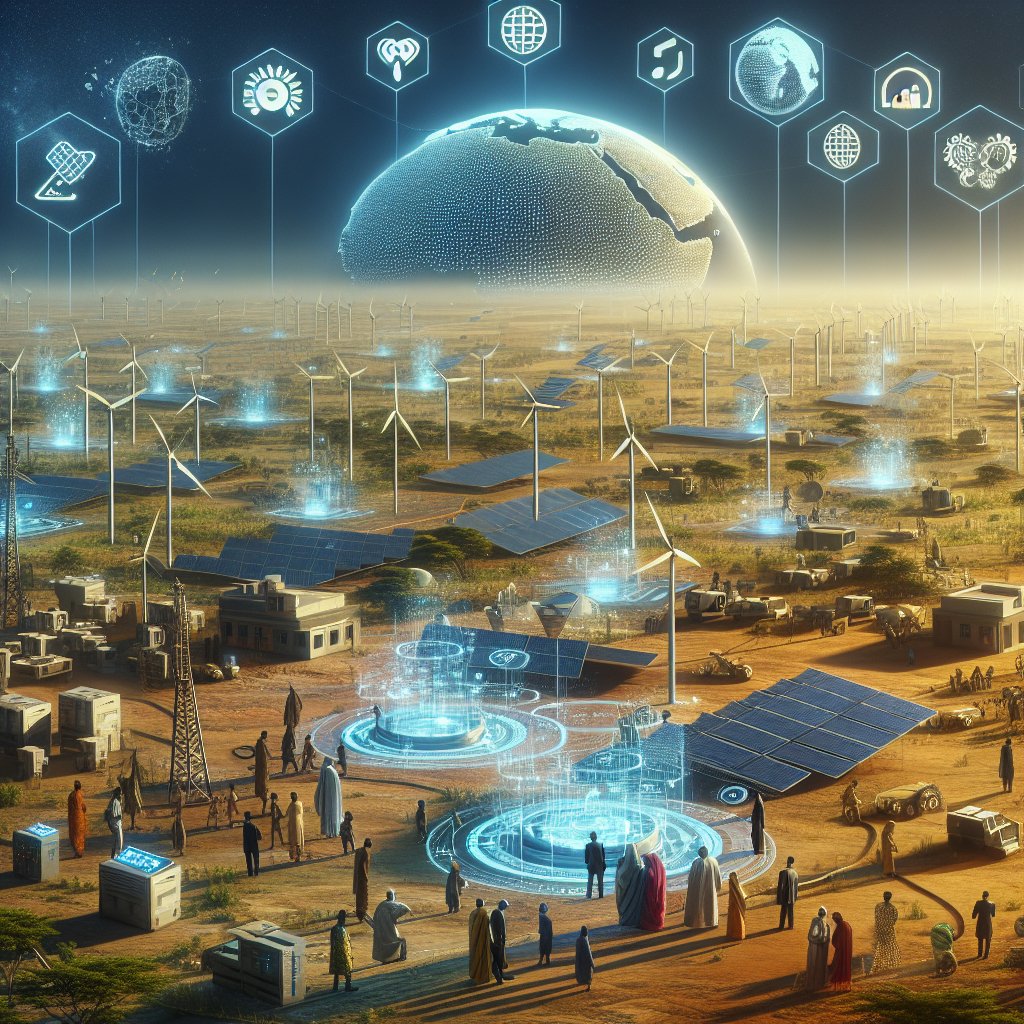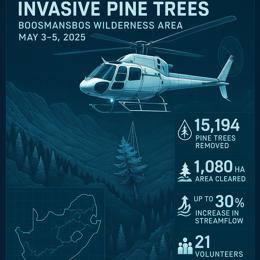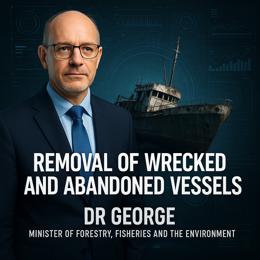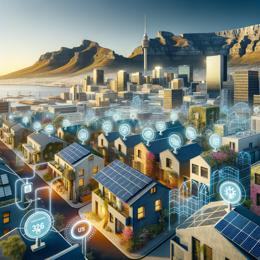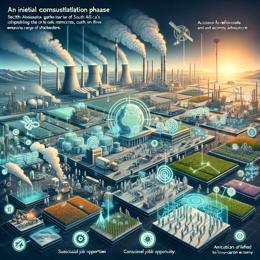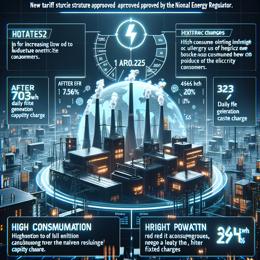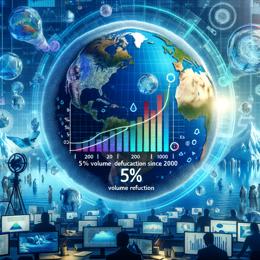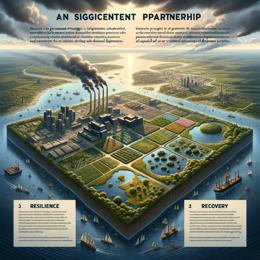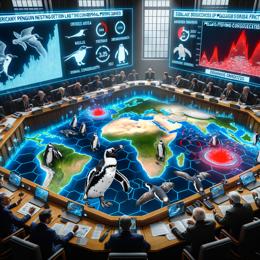Image created by AI
$90bn Electrification Project Set to Light Up Africa by 2030
An ambitious $90 billion project aimed at addressing the chronic lack of access to electricity in Africa has taken a significant step forward. The World Bank, together with the African Development Bank (AfDB), has initiated Mission 300, a comprehensive plan that aspires to bring electricity to approximately 300 million people across the continent by 2030.
The bold initiative comes to life with an initial $30 billion investment from World Bank and AfDB and is supplemented by support from influential climate organizations such as the Rockefeller Foundation, the Global Alliance for People and Planet, and Sustainable Energy For All. These groups have established a technical assistance facility to help review potential projects and aid in securing necessary capital to bring these projects to fruition.
The overarching goal of Mission 300 is not only to bring power to half of the 600 million Africans living without electricity but also to spur economic growth and enhance productivity in some of the world's poorest nations. Such nations have staggeringly low electrification rates; South Sudan, Burundi, and Chad, for example, have less than 12% of their populations with access to reliable electricity.
With an initial allocation of $10 million, the Rockefeller Foundation and the Global Energy Alliance for People and Planet (GEAPP) are concentrating on kickstarting 15 projects across 11 African countries. These ventures, which range from Burkina Faso to Mozambique, focus on delivering clean energy through innovative technologies like mini-grids and rooftop solar systems.
An illustrative project within the scope of Mission 300 is the DARES initiative in Nigeria, where the World Bank has already committed $750 million to expand solar energy and mini-grids to power millions of people.
To achieve its end goal, Mission 300 relies on diverse funding sources, dividing the total sum needed into equal thirds of public funds, concessional and philanthropic finance, and commercial commitments. Additional financing mechanisms are considered, such as the International Monetary Fund's Resilience and Sustainability Trust and specialized drawing rights.
This program encourages participant countries to enact reforms that facilitate green energy deployment, thereby gaining increased access to funding. The initiative also necessitates a broad coalition and a sustained advocacy and fundraising effort to ensure successful resource mobilization.
The plan will gain further momentum with a World Bank International Development Association replenishment meeting in South Korea scheduled for December and a follow-up summit in Dar es Salaam, Tanzania, in January.
Mission 300 not only promises to illuminate countless homes but also heralds a symbolic beacon of hope, signaling a brighter, more prosperous future for millions across the African continent.
